OWP
Small Joyabaj Handbag- Recycled & Upcycled Huipils -Guatemala
Small Joyabaj Handbag- Recycled & Upcycled Huipils -Guatemala
Couldn't load pickup availability
Our Small Joyabaj Handbag has been handcrafted from colorful huipils in Guatemala. A huipil (wee-peel) is a traditional blouse worn by Mayan women in Guatemala, and to the knowledgeable observer, it identifies her village, social and marital status, religious background, wealth, and individual personality. A well-woven huipil can last 20 to 30 years before it's sold at the market and starts a second life as a rag, quilt, or handbag.
- Measures 14" high x 13" wide
- Magnetic clasp closure
- Available in Black, Red, Black/White, or Red/White
Due to their recycled nature, no two handbags are exactly the same. Handmade in Guatemala and fair trade imported.
Please read our extended description below by clicking on "About the Artisans" for more information on how these wonderful eco-friendly items are made, and for more information on the talented artists who make them.Share
About the Artisans
About the Artisans
 Enter De Colores Art, a local business that levels the playing field for villagers by offering free training to anyone who demonstrates the initiative to learn a trade. The company employs 30 women and 18 men to knit and embroider textile products, with the option of working at home using materials provided by the company. De Colores recognizes the culture of its Mayan employees, and as such allows flexible hours and gives time off for sowing and harvest days.
Enter De Colores Art, a local business that levels the playing field for villagers by offering free training to anyone who demonstrates the initiative to learn a trade. The company employs 30 women and 18 men to knit and embroider textile products, with the option of working at home using materials provided by the company. De Colores recognizes the culture of its Mayan employees, and as such allows flexible hours and gives time off for sowing and harvest days.
De Colores also invests in community education projects by funding two local schools in the neighboring towns of Chujupen y Pachoj, and by providing scholarships to qualifying students.
In addition to stimulating the local economy by creating new jobs, De Colores makes a conscious effort to use recycled materials whenever possible. The reason for this is twofold: to preserve Mayan culture, as recycled textiles showcase traditional knitting patterns that aren’t often seen in newer textiles, and to reduce scraps and waste.

Communities collaborate in the production process, as men work on the biggest textiles and women do the embroidery, crochet and macramé seen in smaller pieces. In some cases, in order to be competitive, sewing machines are used to assemble the finished product, although all the components are handmade and hand embroidered from cotton, wool and/or silk.
Dimensions
Dimensions
Care information
Care information
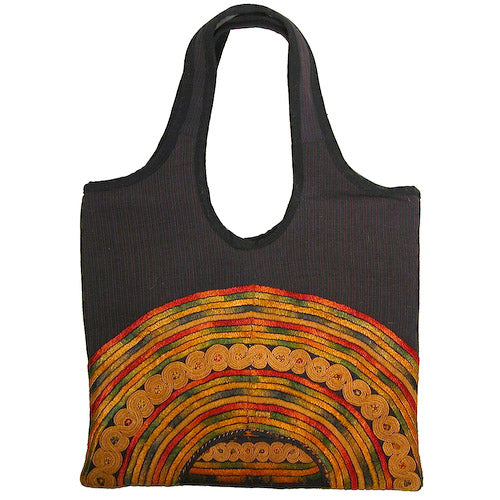
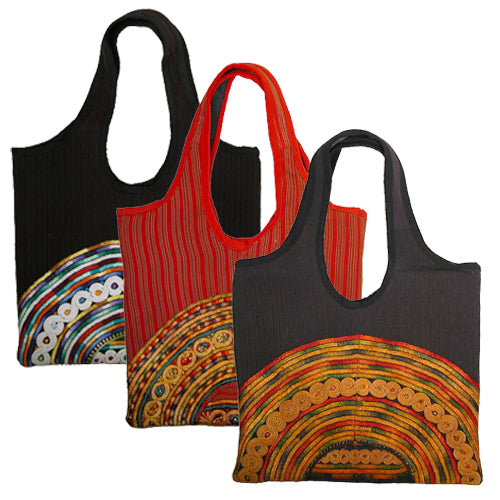
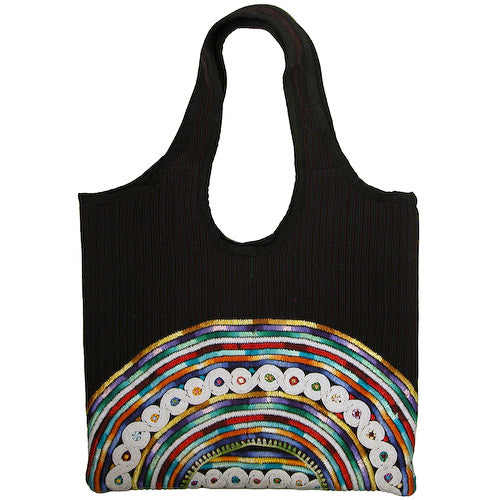
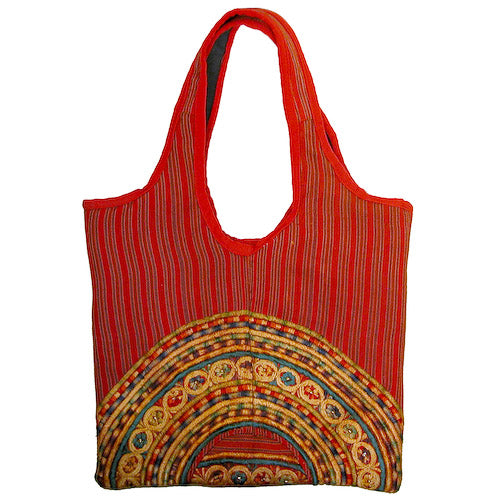
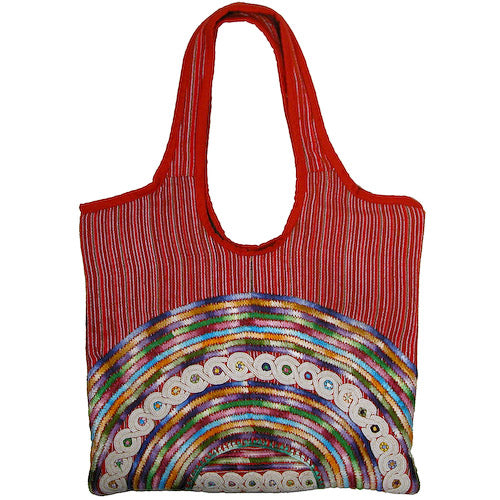
Subscribe to our emails
Subscribe to our mailing list for insider news, product launches, and more.





